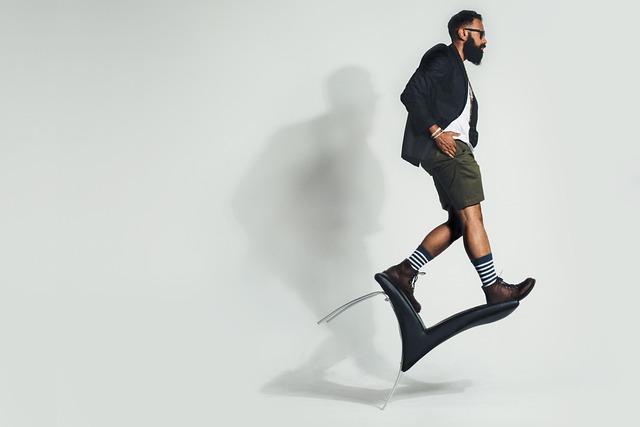Understanding the Essence of Fashion Photography Lighting
Fashion photography is not just about capturing beautiful models and stunning garments; it’s an art that thrives on lighting. The interplay of light and shadow can transform an ordinary photograph into a breathtaking masterpiece. As a fashion photographer, mastering lighting techniques is essential for conveying the mood and style of your subject, whether you’re shooting on location or in the studio.
The key to exceptional fashion photography lies in understanding how different light sources affect the overall composition. Natural light, for instance, has a unique quality that varies throughout the day. Early mornings and late afternoons offer a soft, golden glow that can enhance the beauty of fabrics and details. When using natural light, consider the direction and intensity—backlighting can create a dramatic effect, while side lighting can accentuate textures and shapes.
Artificial lighting, on the other hand, provides you more control. Using studio lights or speedlights enables you to manipulate shadows and highlights to design the perfect ambiance. Softboxes, umbrellas, and ring lights are popular tools in a fashion photographer’s kit, enabling you to diffuse harsh light and create a flattering effect on your models. By experimenting with different lighting setups, you can find the perfect combination that showcases your fashion subject in the most appealing way.
When working with optics, understanding your camera’s aperture, shutter speed, and ISO settings is crucial. A wide aperture can create a shallow depth of field, isolating your subject beautifully against a blurred background, while a narrower aperture can encapsulate more detail, perfect for showcasing intricate patterns in clothing. Manipulating your ISO settings will allow you to adapt to varying light environments; however, always remember that increasing the ISO can introduce noise, which might detract from the elegance that fashion photography often embodies.
Moreover, reflection and diffusion play pivotal roles in achieving desired lighting effects. Reflectors can bounce light onto your subject, filling shadows without needing additional light sources. Similarly, using diffusers can soften harsh light, creating a more flattering appearance while preserving the integrity of textures and colors. Mastering these tools enables you to sculpt the light around your subjects, ensuring every shot harmonizes with the aesthetic of the fashion being showcased.
In the realm of fashion photography, it’s not just about the technicality behind lighting; it’s about evoking emotion and understanding the story behind each garment. Whether it’s the elegance of high fashion or the rawness of street style, the right lighting will enhance that narrative. Each photo you take should not only focus on the subject but also on the feelings that lighting can transmit, drawing the viewer into the scene.
Ultimately, your journey in mastering fashion photography lighting will be one of continuous exploration and experimentation. Don’t be afraid to push the boundaries and test different lighting scenarios, as this exploration will only refine your craft and enhance your visual storytelling abilities. Embrace each session as an opportunity to learn and grow in your artistry, allowing light to be your paintbrush and your camera to be the canvas.




